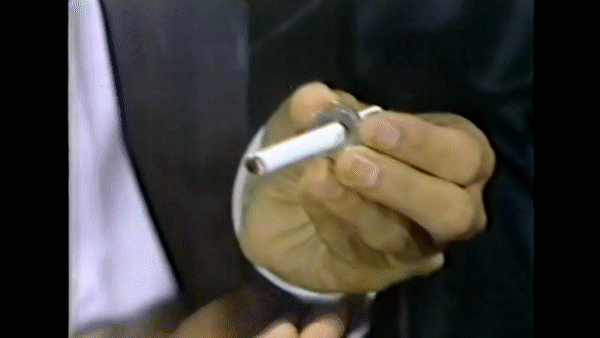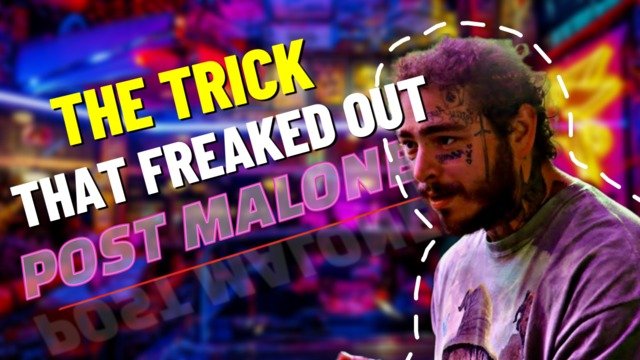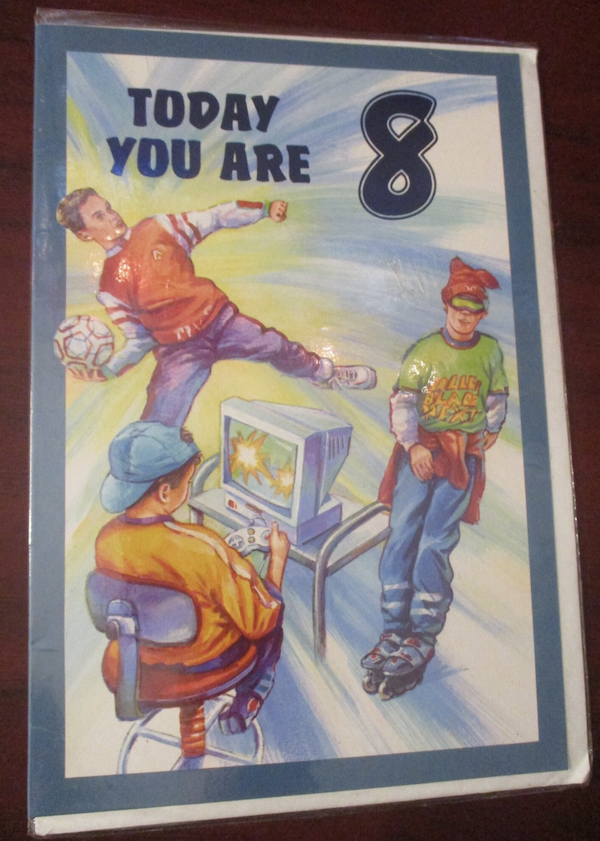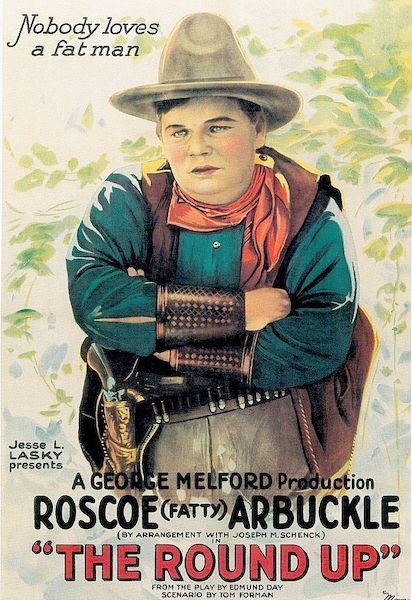The Instant Replay Switch: An Everydayness Technique
/An “Everydayness Technique” is a concept I first mentioned in this post. The idea is to use natural, everyday actions to hide magic techniques.
We can see this in some professional magic scenarios. For example, instead of twirling a wand (a theatrical and conspicuous action) in order to divert attention from a secret action, the magician might push his glasses up the bridge of his nose. That movement will likely still draw the eye and create the necessary misdirection, but it is so commonplace that it won’t draw attention to itself and it will be forgotten.
As amateur magicians, performing casually in social settings, we can take more advantage of these types of everyday actions because the scope of things you might do while sitting with your friend on the couch is so much greater than the scope of things you might do standing on stage or performing for wedding guests. You have a much greater library of actions that don’t seem out of place.
The Instant Replay Switch is ideal for when you have an item at the end of a visual piece of magic that cannot be examined without a switch.
Here’s how it works.
Let’s imagine you’re showing someone a cigarette through quarter trick.
You ask your friend to take out their phone and record something for you. You have a new trick you’re working on and you want to get a good look at it from an audience’s perspective.
You have the cigarette thru quarter gimmick in your right-hand finger palm. You ask your friend for a cigarette and a quarter. (Most people don’t have either of those things on them. But knowing you, and the trash you hang out with, your buddies probably all sell loose cigarettes for pocket change outside of the liquor store. So your friend has no problem lending you these items.)
You take the cigarette and quarter in your left hand.
You take a few steps back and tell your friend to get ready to record a video on his phone.
As he turns on his phone and gets to the camera, you just drop his quarter in your left pants pocket.
You have him record you as you push the cigarette through the quarter.
Now you pause. “Did you get that?” you ask. “Let me see.”
Now you go over and stand side by side with your friend. You are on their left. As they play the video for you, your left hand with the gimmick goes into your pocket and switches it for the normal quarter.
Right after the cigarette penetrates the quarter in the video you say, “Hold on, let me see that.” And you hand them the cigarette and the quarter so you can take the phone from them. You’re not saying, “examine these.” You just freeing up your hands to take and operate the phone. Then you scrub through the video a couple of times while they are holding this fully examinable cigarette and quarter.
Some of you will immediately get this. Some of you might think, “Wait, how could this be a better technique than simply doing a false transfer of the gimmick for a normal quarter at the end and then handing the normal quarter to them?”
I’ll tell you. Here’s what we’re trying to avoid. We’re trying to avoid the moment where there is a peak level of suspicion on the coin and we do anything other than hand that coin to them directly. In a normal cig-thru-quarter performance, the cigarette goes through the quarter and people are thinking, “Wait… let me see that coin.” And what normally happens after that is the magician puts the coin away or he puts the coin in his other hand and then hands it to the person. Neither of these are good options. What they want is for you to hand that quarter directly to them. The moment you do something other than that (without a good reason) that trips their suspicion.
What we’re doing with this switch is giving them something to do other than just be suspicious. At the end of the trick, they will still be curious about the quarter. But handing them the quarter at this point is no longer the most obvious thing to do. First off, they have a phone in their hand and they’re recording. Do you want them to stop or keep filming? And now you’re asking to take a look at the video. So their mind is occupied with something other than: “I need to see the quarter.”
Not only that, but they weren’t really your “audience” here. They were helping you out with something. For an audience, it makes sense to prioritize handing them the quarter to examine. But with this dynamic (where their role is “cameraman”), not immediately handing them the quarter doesn’t seem as unusual. You’re never actually denying them the thing they want most in the moment.
What I’m trying to avoid is any moment that rings false. There’s no action in this choreography that doesn’t feel totally normal. It’s not that using this particular switch will completely prevent them from considering there was a switch. But what it does is prevent them from being able to identify one moment where they feel the switch happened. If they feel they know when the switch happened, then that means they feel they know a switch happened. But if everything flows cleanly and feels natural, then there never is that one moment when the switch must have occurred. And therefore their certainty that it did occur is lessened.











